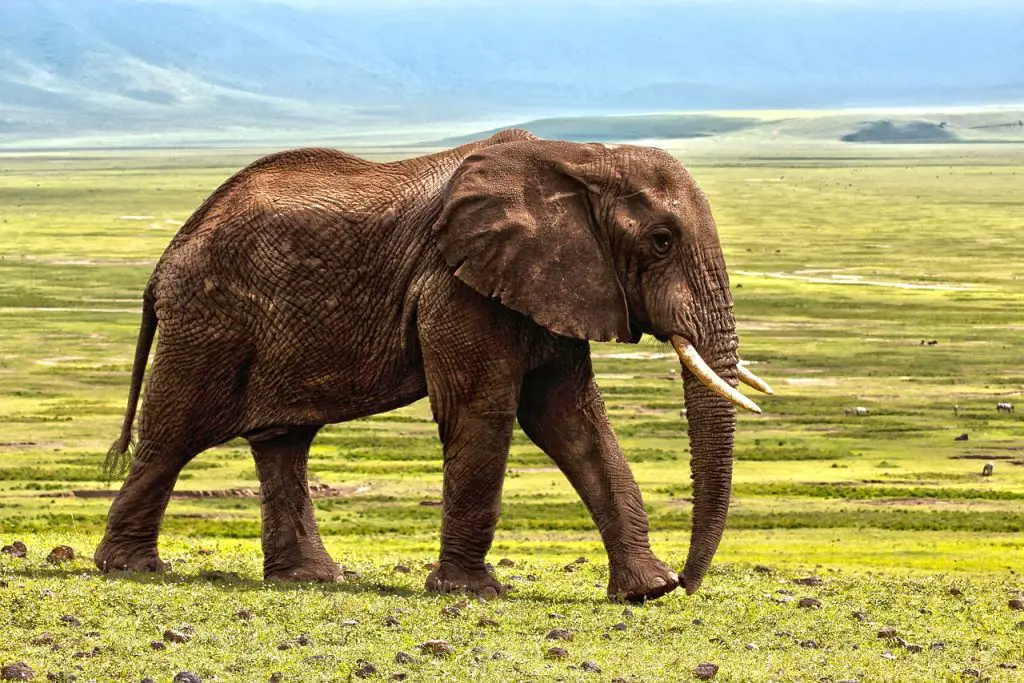The incredible true story about how the Dutch gave up the capital of the world
Today, Manhattan is one of the economic powerhouses of the world, but in 1667, the Dutch bet against it. Their losing bet not only affected world history, but the history of America and the Netherlands as well.
This image is from the newspaper the Financial Times and provides a pictorial comparison of what both nations gave up as part of their trade.

In the 1600’s the Dutch pursued a familiar strategy to make money, pursuing spices. Run, an island in the Indonesian islands, was a central location, in some cases the only location, for the production of nutmeg and mace. While the spices were plentiful in Run, the Sydney Morning Herald says, “It could be bought for a pittance in the Banda Islands but when sold in Europe its value went up about 32,000 per cent.” Nutmeg was believed to be powerful enough to be a strong aphrodisiac and even to cure the Black Plague. The island started strong, but world events would quickly lower its value.

In 1667, Manhattan was a small, fledgling colony of two thousand people, not yet showing any of the promise of what it would become. The majority of Manhattan, or New Amsterdam under the Dutch, was wooded and their major economic driver was trading pelts with the Native Americans, especially beaver, for rudimentary goods. While the beaver pelt’s resulting hats were quite fashionable in Europe, there was no expectation that they could dethrone nutmeg as an economic driver and prize.


The British had originally colonized Run and in many ways it was the future empire’s first colony. They held tightly to their colony until the Dutch demonstrated such a military show of force that they had to relinquish their territorial claims. Prior to the Dutch’s decisive win, the local Bandanese inhabitants played the two empires off against each other and worked to secure the best deals for themselves that they could. This strategic duplicity resulted in the Dutch considering them to be untrustworthy and non-invested in their goals and they committed genocide against them, resulting in the deaths of thirteen thousand of their fifteen thousand person population. This number may have been much higher if the Dutch hadn’t spared those islanders who defected from their people to support the Dutch.
New Amsterdam, as Manhattan was then known, was a Dutch colony of only nine thousand people and lacked a defense force. This blunder is surprising as the Dutch and the British, the two competing world trade powers, had fought three wars against one another. While the British and Dutch were technically at peace, the British were enraged by the Dutch muscling them out of the island of Run and made plans to split up New Amsterdam between themselves. Dutch Governor Peter Stuyvesant believed that the inhabitants would rise up to defend the Dutch colony, but the British force, especially after they heard the generous terms of the British, were pacified and refused to get involved. Their treaty of exchanging Run Island for New Amsterdam effectively just recognized the on the ground realities of control. Ironically, the Dutch would later regain New Amsterdam for a short period of time, but the trade happy Dutch traded it for Suriname.
So, how did the trade work out? When the trade occurred, the Sydney Morning Herald reminds us that nutmeg was sold for a very small price to the British, but when it was exported to Europe the price rose around 32,000%. The Dutch East India Company, a powerful quasi-national trading group, rode the profit margins to giant success until other intense stimulants were discovered including tobacco and tea which helped to blunt the importance of nutmeg. In recent years nutmeg production has been democratized into the hands of individuals instead of oligarchs, but the physically small island has a tiny population to match and today a major requirement for the improvement of the island is a major investment in infrastructure.
Manhattan, on the other hand, has demonstrated according to the NY Times, a gross domestic product of $886 billion as of the year 2022. The island has developed a complex economy with trade and other occupations in a wide variety of formats and economic genres. The island has a plethora of roads; buildings, especially skyscrapers; cell phone coverage; and traders including visitors and tourists who visit daily.
Many people quip that beauty is in the eye of the beholder, and in this case, that is certainly true. The Dutch bet on economic conditions continuing and spice remaining the marque cash crop, and that simply was not the case. The island today is resigned to a subsistence economy and while their efforts are certainly not overly profitable many islanders believe that their lives are enriched beyond measure by the beauty of their homeland. Manhattan on the other hand continues to flourish and although its economy dipped somewhat during the Covid 19 pandemic, it still continues to return strong economic profits for both the state of New York and the United States. Perhaps the British were a better estimator of economic potential and perhaps they simply made a deal to formally recognize each nation’s effective military control of their island, but either way they selected the golden goose who has continued to enrich everyone who comes into contact with Manhattan for centuries afterwards. Bad trade for the Dutch, wonderful trade for the English.
Bibliography:
https://www.history.com/news/the-dutch-surrender-new-netherland-350-years-ago
https://www.atlasobscura.com/articles/island-traded-for-manhattan
https://www.bbc.com/travel/article/20171010-the-tiny-island-the-british-traded-for-manhattan
https://www.ft.com/content/a3afe44c-769e-11e7-a3e8-60495fe6ca71
https://www.ft.com/content/a3afe44c-769e-11e7-a3e8-60495fe6ca71
https://theaseanpost.com/article/indonesias-run-island-manhattans-tropical-borough
Passionate history teacher who loves reading, discussing, and sharing history with others





